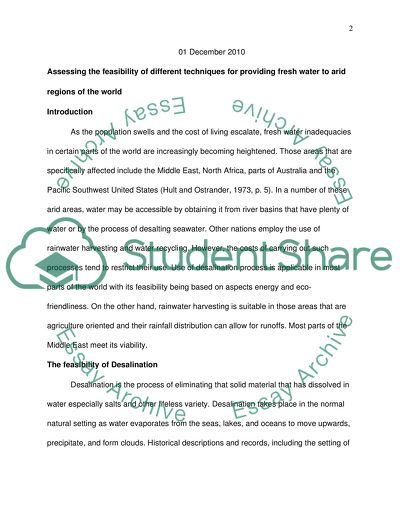Cite this document
(Assessing the Feasibility of Different Techniques for Providing Fresh Term Paper, n.d.)
Assessing the Feasibility of Different Techniques for Providing Fresh Term Paper. Retrieved from https://studentshare.org/environmental-studies/1573471-write-a-report-assessing-the-feastibility-of-dufferent-techniques-for-providing-fresh-water-to-arid-region-of-the-world
Assessing the Feasibility of Different Techniques for Providing Fresh Term Paper. Retrieved from https://studentshare.org/environmental-studies/1573471-write-a-report-assessing-the-feastibility-of-dufferent-techniques-for-providing-fresh-water-to-arid-region-of-the-world
(Assessing the Feasibility of Different Techniques for Providing Fresh Term Paper)
Assessing the Feasibility of Different Techniques for Providing Fresh Term Paper. https://studentshare.org/environmental-studies/1573471-write-a-report-assessing-the-feastibility-of-dufferent-techniques-for-providing-fresh-water-to-arid-region-of-the-world.
Assessing the Feasibility of Different Techniques for Providing Fresh Term Paper. https://studentshare.org/environmental-studies/1573471-write-a-report-assessing-the-feastibility-of-dufferent-techniques-for-providing-fresh-water-to-arid-region-of-the-world.
“Assessing the Feasibility of Different Techniques for Providing Fresh Term Paper”, n.d. https://studentshare.org/environmental-studies/1573471-write-a-report-assessing-the-feastibility-of-dufferent-techniques-for-providing-fresh-water-to-arid-region-of-the-world.


